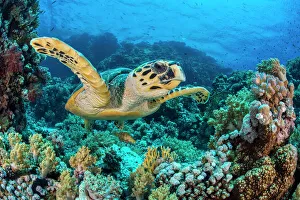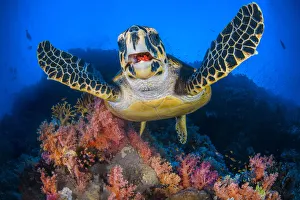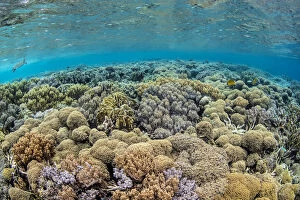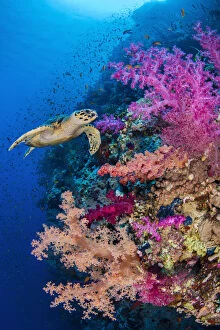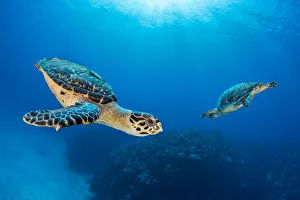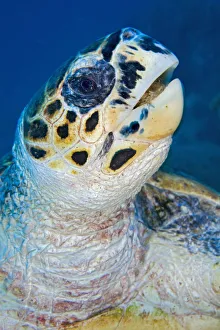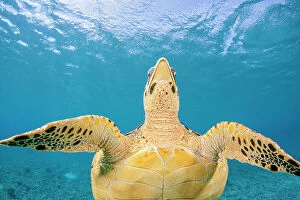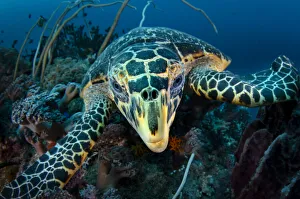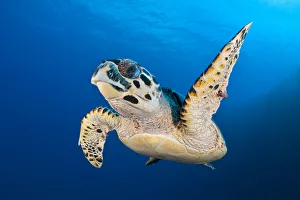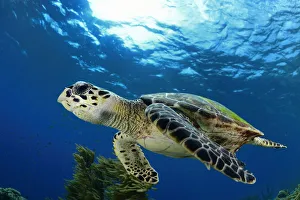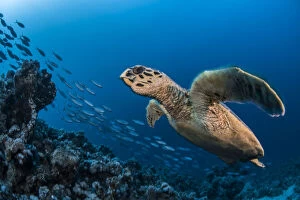Chelonia Radiata Collection
The Chelonia radiata, commonly known as the Hawksbill sea turtle (Eretmochelys imbricata
All Professionally Made to Order for Quick Shipping
The Chelonia radiata, commonly known as the Hawksbill sea turtle (Eretmochelys imbricata), is a magnificent creature that can be found swimming gracefully over coral reefs in various parts of the world. This species, unfortunately, is critically endangered and needs our utmost attention for its conservation. In the crystal-clear waters of the Pacific Ocean in the Philippines, a ventral view of a Hawksbill turtle reveals its intricate shell pattern. Its presence serves as a reminder of both its beauty and vulnerability. These turtles are often seen feeding on vibrant red soft corals like Dendronepthya sp. , creating an enchanting spectacle against the backdrop of colorful reef ecosystems. As they swim along coral reefs adorned with pink soft corals, these majestic creatures captivate us with their elegance and grace. Sometimes, we witness pairs circling each other above the reef, engaging in mysterious courtship rituals that further emphasize their unique nature. In Egypt's Red Sea or Maldives' Indian Ocean, we may encounter male Hawksbill turtles chomping on soft corals such as Litophyton arboreum or Leather corals like Sarcophyton sp. Their interaction with these delicate organisms showcases their role as vital contributors to maintaining ecological balance within marine habitats. Every close-up encounter with these incredible beings leaves us in awe. Whether it be in Raja Ampat's West Papua or Laamu Atoll in Maldives' Indian Ocean, observing them up-close reminds us of their importance to our planet's biodiversity, and is crucial that we recognize and address the critical endangerment faced by Chelonia radiata. By protecting their habitats and implementing sustainable practices worldwide, we can ensure future generations have the privilege to witness these extraordinary creatures thriving amidst coral reefs for years to come.

